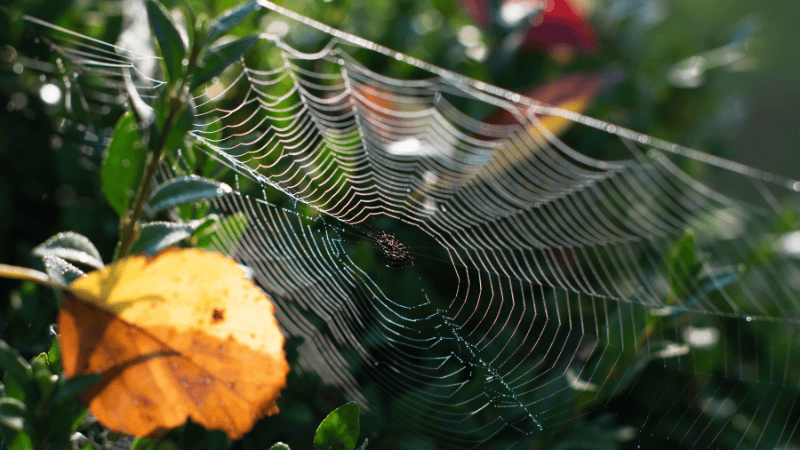Signs of Wildlife in Your Attic
It's that time of year again when many species of wildlife are searching for food, warmth, and shelter. The weather has not been kind to nature's creatures who need to find a way to survive until spring. For some homeowners, this means putting out seeds for the birds who did not migrate. Unfortunately, for others, it means suspecting that there may be an animal taking refuge in your attic. If you are wondering if wildlife have made it to your attic, read on to find out the signs that this may be occurring right under your own roof!
Unusual Sounds
Noises such as scampering, scratching, or squeaking are sure signs that something is up there in your attic. The time of day will help give clues as to what type of animal it is. For example, mice and rats tend to move more at night while squirrels are active during the daytime hours. Listen carefully and you may be able to tell whether the creature is large or small, or if it is in pain and scared.
Droppings
Another sign that a creature has taken up residence in your attic are droppings. These can vary greatly from animal to animal. Bats produce guano which is a dark, hard substance usually found under the roosting area. It turns to dust when picked up, and sometimes has a shimmer from the insects consumed by the bat. Guano also has a distinct stench that you will notice throughout your home if you have a family of bats in your attic. Raccoons have large droppings about the size of a dog. Rodent droppings are much smaller but are usually very abundant. Squirrel poop is similar to rat poop, albeit slightly larger � about the size of a bean. Droppings also change to a lighter color much quicker than rat poop due to their more environmental diet. With squirrels, the feces are normally in close proximity to the entrance they use to get into your home.
Entry Damage
Finding a way into your home, particularly the attic, usually takes some effort on the part of the different types of creatures. Squirrels are known to chew a hole about a few inches in diameter to gain entry. Raccoons need a larger entry and may cause more damage with those large, nimble claws. Rodents tend to leave grease marks around the area where they have entered. Mice and rats are also known for squeezing in through extremely small holes, even as small as a dime!
Damage Within
Behaviors vary greatly from each species of wildlife. Therefore, they tend to take part in different activities while nesting or procuring shelter. Rodents tend to chew constantly and may make gnaw marks on your stored items or even your electrical wires. Squirrels like to nest and may bring in large amounts of plant debris from your yard. Raccoons can pull apart ductwork and make a huge mess of your attic space. Do you have any of these signs that some creature has set up shop in your attic? If you suspect you have a wildlife problem, call Pest-End Exterminators now at 1-800-287-4321, 603-382-9644, or 978-794-4321.



